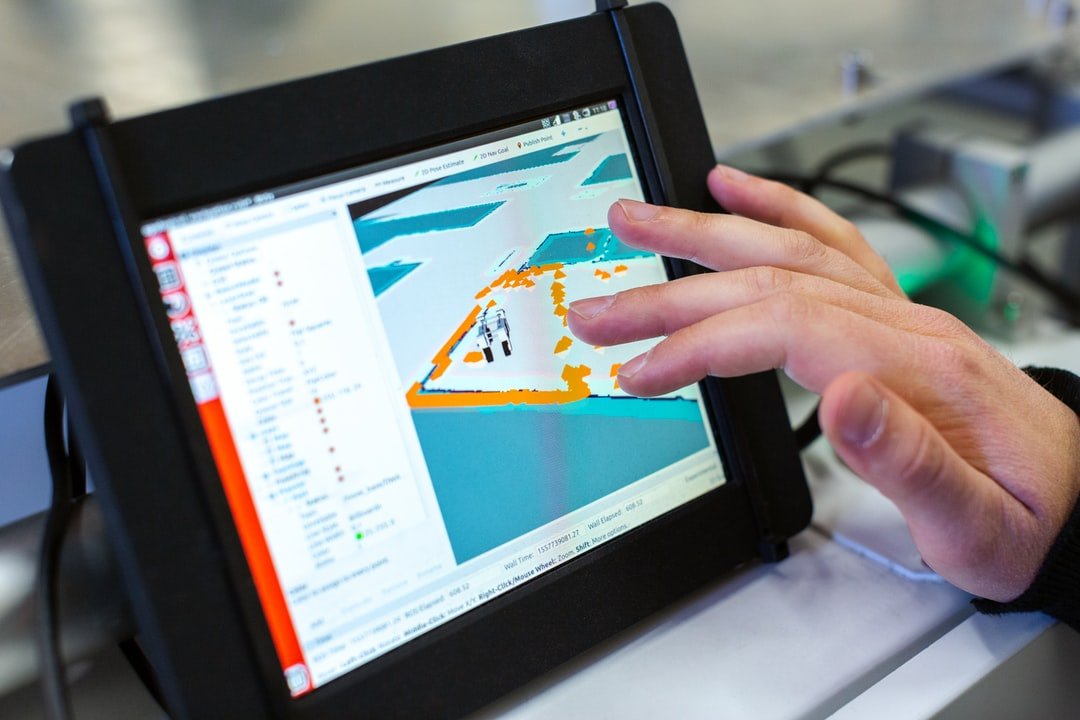
Software building has become one of the most lucrative opportunities in the IT field today. Most of the software development companies are focusing more on the need to automate their projects and the need to build new applications for the market. In some cases, this means that the developers may only have to work on the initial development of the software and leave the planning and design to the outsourcing company. This is one way that companies can get more for their money, which is another reason why many IT professionals are taking on software building as a second career. Here are some of the key benefits of doing so.
First, by doing your work at home and not having to commute, you will save a lot of money on commuting time. Not only will you be saving a lot of money, but you will also be getting the chance to work when it's convenient for you. Instead of being stuck in traffic, you can simply take a few minutes off in order to take a break from driving. This can save you a lot of money because the price of gas is rising these days, so you will actually be saving money on gas as well as money that you can use for other things that are important to you. Learn more about IT here: www.stgconsulting.com.
Another benefit of working at home to become an IT professional is that you will have a good source of income without the overhead costs of hiring a secretary or a receptionist. Working from home allows you to do your job and keep track of your bills on your own. When you consider all of the expenses you incur with a regular job, it is obvious that it would be much easier to stay home if you were just interested in working as an IT professional. See more here about IT.
It should be mentioned that there is no software engineering degree or software engineering certification necessary to work in software building today. Even if you happen to have completed an education in computer science or software engineering, there are plenty of jobs available that don't require these specific degrees or certifications.
You will have to learn about the software building industry in order to find a job. You can get this information either from reading books or watching videos online. The Internet is also a great place to look for help because there are websites dedicated to teaching people how to become software engineers. In fact, there are also several books written specifically about how to become an IT professional with a focus on software development and there are several online classes as well.
It is important to keep in mind that the first step to becoming an IT professional is to be self-motivated and self-driven. If you want to become successful in this field, you will need to be able to put your own self-motivation and initiative on hold while you take care of family, friends, and other obligations while working on the job. This may require you to work at home part-time in order to meet your financial obligations. However, if you put in the effort and discipline that are necessary to be successful, it won't take long before you begin to see results and your dream of a successful career in software development is within reach. Explore more about a software here: https://en.wikipedia.org/wiki/Android_software_development.


